Pathological Demand Avoidance Syndrome In Adults
Pathological demand avoidance syndrome in adults. Pathological Demand Avoidance PDA is a developmental disorder which is distinct from autism but falls under the spectrum. A proposal is made to recognise pathological demand avoidance syndrome PDA as a separate entity within the pervasive developmental disorders instead of. Thank you to all of them and also to Sally Cat for producing the graphics on these pages.
Some people explain that its the expectation from someone else or yourself which leads to a feeling of lack of control then anxiety increases and panic can set in. People with PDA tend to have much better social communication and interaction skills than other people on the spectrum and are. Individuals with PDA share difficulties with others on the autism spectrum in social aspects of interaction communication and imagination.
Characteristics ascribed to the condition include greater refusal to do what is asked of the person even to activities the person would normally like. It is a pervasive developmental disorder meaning it affects all areas of development and was first identified by Elizabeth Newson in 2003 although it is still not currently recognised in many tools used for diagnosing autism. My GP drew a picture of the autostic spectrum and said that with help a person with PDA sits on the borderline of aspergers and the bottom end of a normal man.
Characteristics of Pathological Demand Avoidance Adults with PDA seem to have an extreme need to avoid the ordinary demands of life. British psychologist Elizabeth Newson came up with this term which describes an anxiety-driven need to be in control and avoid other peoples demands and expectations. If youre wondering about this because you or someone you know seems to have a pathological avoidance of demands That kind of problem happens with impairment of the initiation of actions aspect of executive functioning also called self-motivation in articles like this one.
Research done at the University of Newcastle in November 2016 found that. Pathological Demand Avoidance Syndrome PDA was first described in the 1980s in the UK by Elizabeth Newson and is an Autistic Spectrum Disorder related to but significantly different from standard autism and Aspergers syndrome and is increasingly becoming recognised as part of the autism spectrum. Pathological demand avoidance PDA is a behavioural profile associated with apparently obsessive non-compliance distress and florid challenging and socially inappropriate behaviour in children adolescents and adults Newson et al.
Hence the name of the syndrome. People with a PDA profile share difficulties with others on the autism spectrum in social aspects of interaction communication and imagination. For most individuals with Pathological Demand Avoidance there is a great need for their educational needs to be met.
Pathological Demand Avoidance PDA was first described by the late Professor Elizabeth Newson in the 1980s. They will then tend to use this to manipulate or escalate the situation and avoid the demand.
People with PDA tend to have much better social communication and interaction skills than other people on the spectrum and are.
They hate routine and the ordinariness this implies. Research done at the University of Newcastle in November 2016 found that. They hate routine and the ordinariness this implies. It is vital for these individuals to have 11 support normally through a teaching assistant or key worker. Characteristics of Pathological Demand Avoidance Adults with PDA seem to have an extreme need to avoid the ordinary demands of life. People with PDA tend to have much better social communication and interaction skills than other people on the spectrum and are. People with a PDA profile share difficulties with others on the autism spectrum in social aspects of interaction communication and imagination. This information put together by our PDAer panel Julia Sally Riko and Tony and other PDA adults sharing their experiences to help and support other PDA adults and their families. Pathological Demand Avoidance of PDA is becoming more widely recognized as a distinct profile of autism.
Anxiety of the PDA kind. Characteristics ascribed to the condition include greater refusal to do what is asked of the person even to activities the person would normally like. They hate routine and the ordinariness this implies. However pathological demand avoidance is all-encompassing and has some unique aspects. For most individuals with Pathological Demand Avoidance there is a great need for their educational needs to be met. Pathological Demand Avoidance PDA is a developmental disorder which is distinct from autism but falls under the spectrum. Many consider PDA to be part of the autism spectrum.



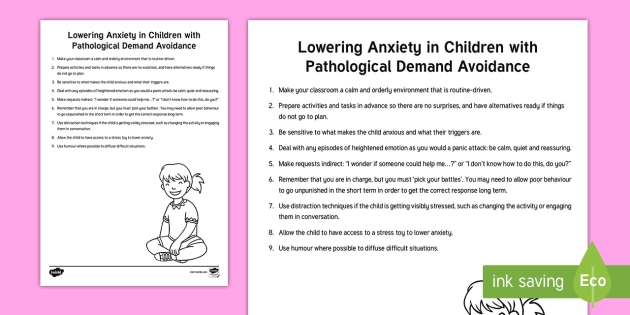




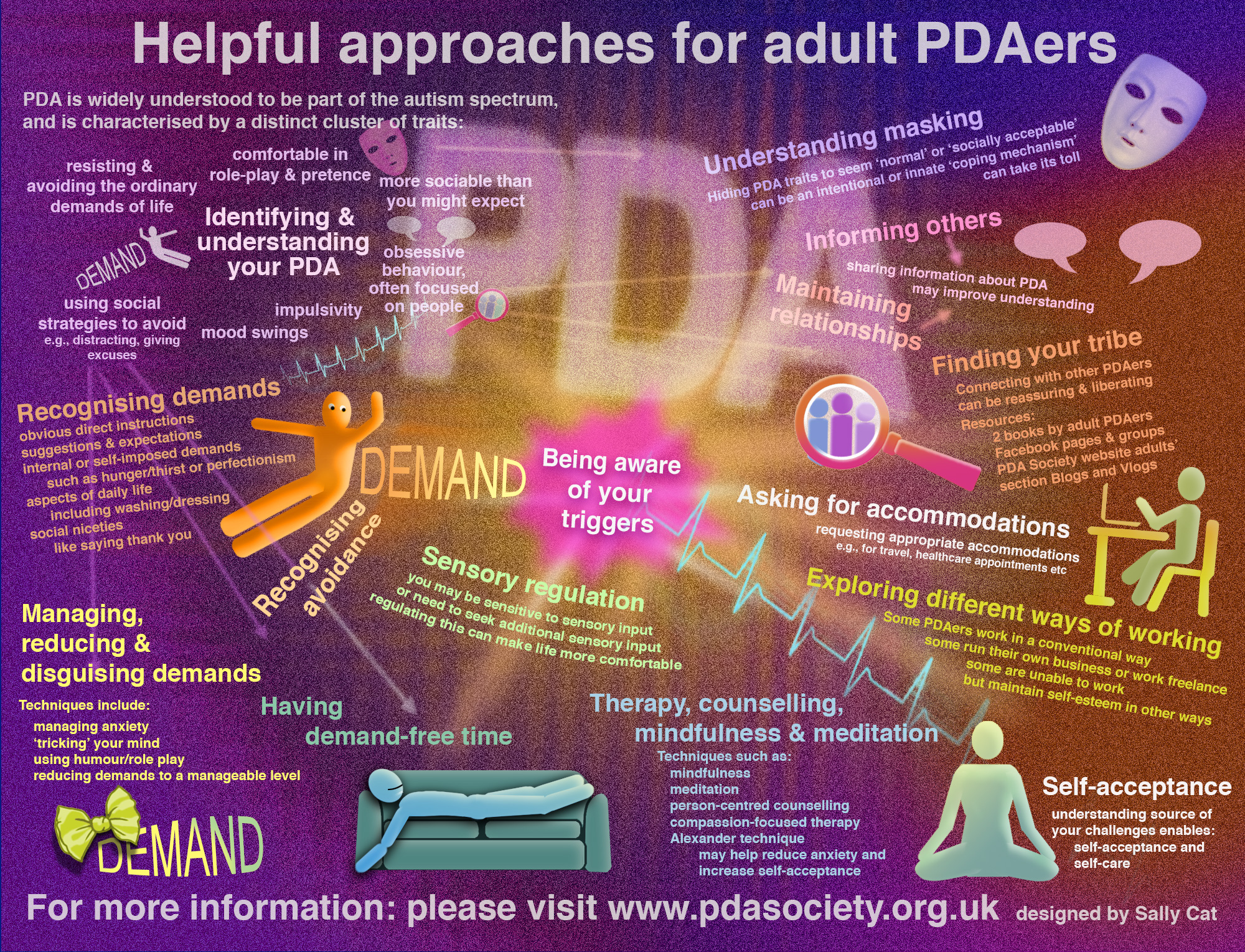






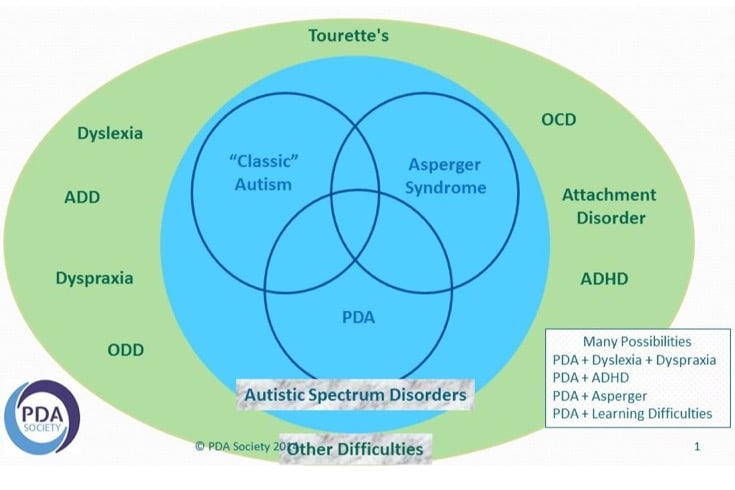


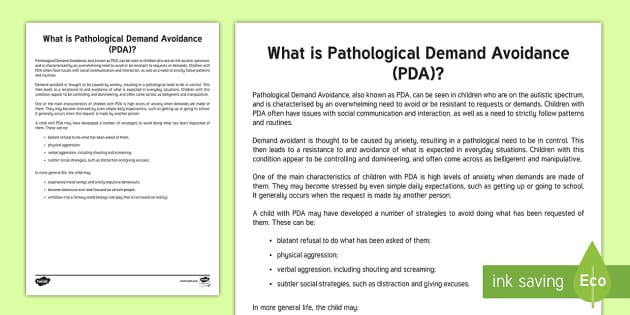


















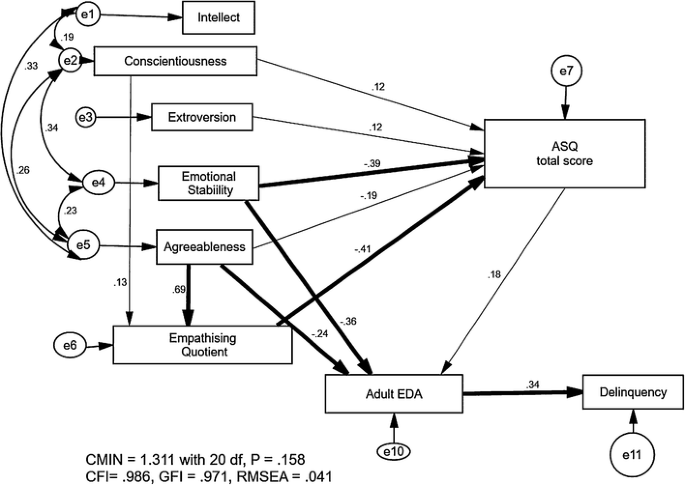






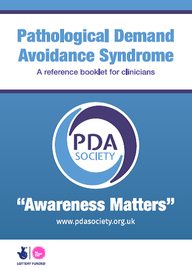
Post a Comment for "Pathological Demand Avoidance Syndrome In Adults"